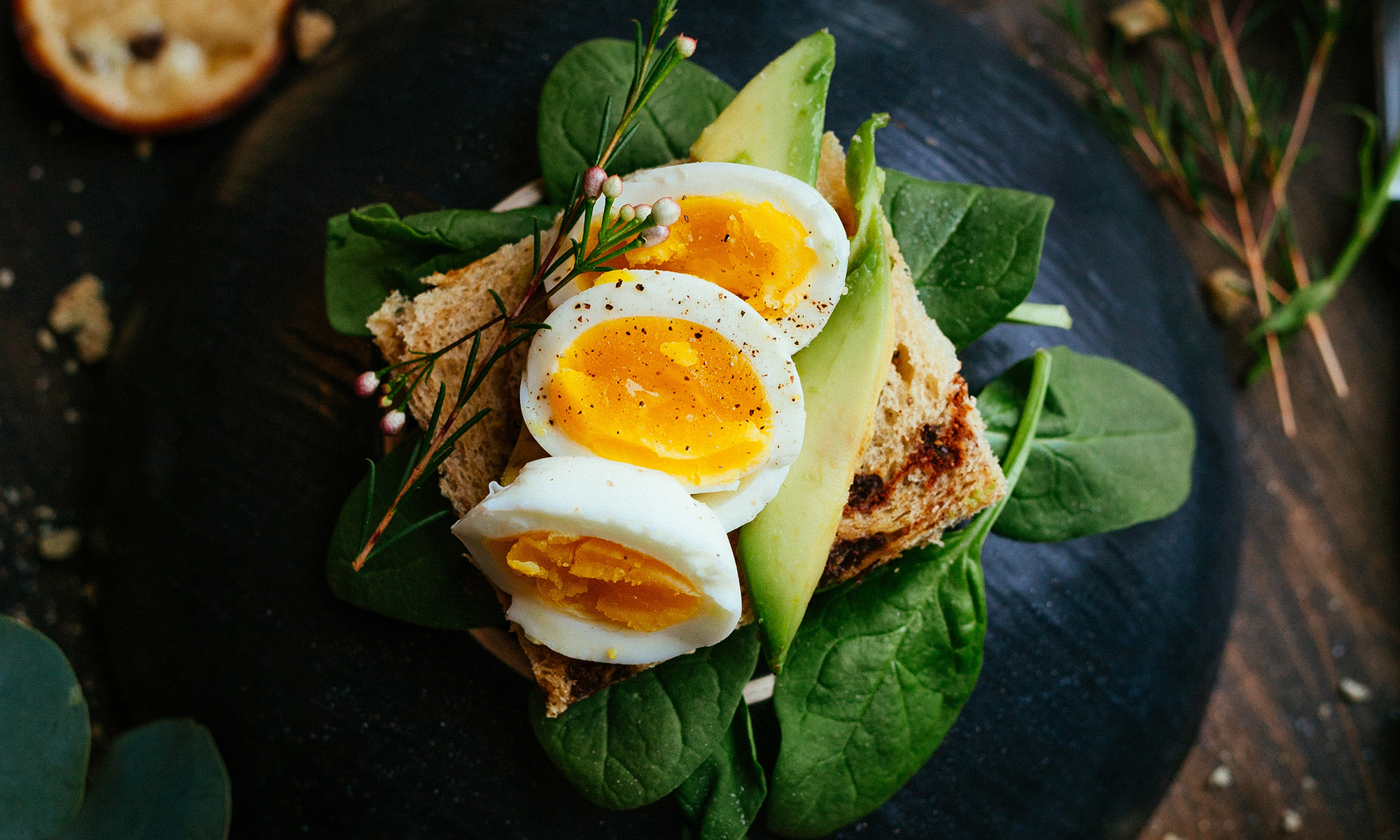With the record temperatures of this past weekend, I eagerly inspected the garden for transformations from a spring garden to a summer garden.
The arugula and mizuna decidedly prefer cooler weather. In this heat, they feverishly bolt and go to seed. Unlike basil, in which you can trim the flowers to prevent this process, lettuces develop thick stalks that are impossible to retract. At the top of the stalks are the buds and flowers that are the precursor to the seeds. Leaves continue to grow, but they become bitter as the season continues.
I decided to harvest as much lettuce as possible – the lettuce at this stage will keep longer and better in my refrigerator than in the ground. In the off-chance that I have a few more salads to come from these plants, I harvest in the “cut-and-come-again” method. That is, I cut the leaves just above the smallest leafette – about 2 inches above the soil line. The smallest leaves are spared and given the chance to mature.
The first of the tomato plants started to flower last week. I’m guessing that I have to wait another 4 weeks until the first fruit is ripe. The biggest curiosity of the garden is the basil. Four weeks ago, I purchased a six-pack of basil plants. Since the garden has various degrees of sun and shade, I decided to hedge my bets and plant in different locations. Some plants get more morning sun, others afternoon sun. Here are two of the plants:
I had heard rumors that morning sun is better than afternoon sun. But intuition told me that afternoon sun would be better for “full-sun” plants like tomatoes and basil because the light is more intense. Given the huge disparity in these two plants, I decided to do a little research.
In the pro-morning sun column: The morning sun is better as it evaporates the morning dew and prevents leaf rot. Afternoon sun can be too intense and burn the plants.
In the pro-afternoon sun column: plants that like full sun do better with the intensity of afternoon sun. The best sun is between 11am and 2pm.
More important, I discovered, are the micro-climates.
Believe it or not, in my little swatch of land in Central Cambridge, there are at least 10 micro-climates. The variations and sun and temperature come from the obvious: shade providing trees and structures such as houses and fences, and the position in the garden. The bit of garden on the side of the house where the lettuces grow have 4 regions. As witnessed by the vigor of the plants, the center path gets the most sun. On the right side, closest to my house, gets slightly less sun. On the left side, closest to my neighbors gets the least. The front portion gets more than the back. Less obvious are the reflections from windows. My neighbor behind me has windows that act like mirror to the sun onto my garden. Especially the morning sun hits at just an angle that the plants along the back fence get double duty – direct natural sunlight and the reflection from the windows. The plants in the “afternoon sun” section only get a single dose.
Determining the micro-climates of your garden is a matter of trial and error. Another option is to plant and see what happens. Based on what thrives and dies, you can figure out what works best where.
In case you didn’t figure it out, the sickly looking basil was in the afternoon sun section, and the thriving basil was in the morning sun section.
Over the weekend I moved the smaller plants to what I hope to be a better location in the morning sun section.
Balsamic Vinaigrette
All this salad is great to ensure that I get my 5 recommend daily servings of fruits and vegetables. But salad dressing quickly cancels out the benefit with all the fat and calories. Here’s a reduced fat version of the classic balsamic vinaigrette (unlike bottled dressings, this is all natural).
2 shallots
½ cup olive oil
1 tbs. fresh thyme
½ cup balsamic vinegar
½ tsp. sugar
¼ tsp. pepper
1. Peel shallots. Mix with ¼ cup olive oil and wrap in tin foil. Bake for 20-30 minutes, until soft, and nicely roasted
2. In a blender, puree shallots, thyme and vinegar together. If it’s too thick, add a few tablespoons of water. Slowly drizzle in remaining olive oil. Season taste with salt and pepper.
